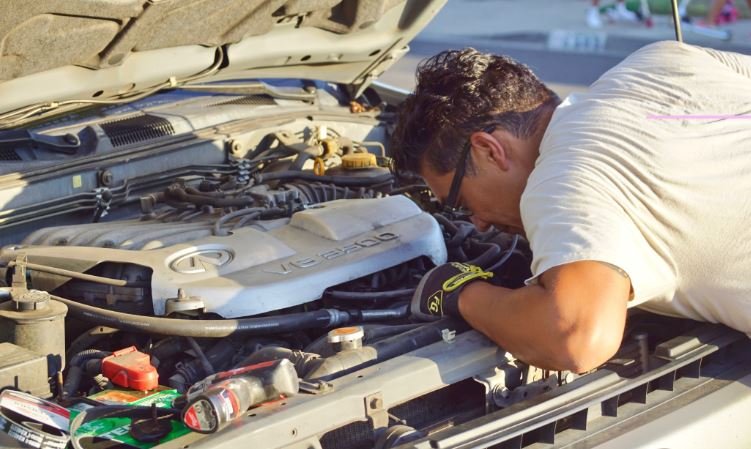Replacing common car parts can seem daunting, but with the right approach and tools, many car maintenance tasks are manageable for DIY enthusiasts. This guide provides practical tips for replacing key car parts, helping you save money and gain confidence in your automotive skills.
1. Introduction to DIY Car Repairs
Performing DIY car repairs allows you to take control of your vehicle’s maintenance and potentially save on labor costs. While some repairs require professional assistance, many common parts can be replaced with basic tools and a bit of know-how. Understanding these tasks can help you maintain your vehicle effectively.

2. Replacing Air Filters
Step 1: Locate the air filter compartment, usually found near the engine.
Step 2: Open the compartment by removing the clips or screws.
Step 3: Remove the old air filter and replace it with a new one, ensuring a snug fit.
Step 4: Secure the compartment cover and close it.
Tip: Regularly changing your air filter improves engine performance and fuel efficiency.
3. Changing Engine Oil
Step 1: Warm up the engine slightly to thin the oil, making it easier to drain.
Step 2: Lift the vehicle using a jack and secure it with jack stands.
Step 3: Remove the oil drain plug and let the old oil drain into a container.
Step 4: Replace the oil drain plug, add new oil through the engine’s fill cap, and check the oil level with the dipstick.
Tip: Always use the oil type and quantity recommended by your vehicle’s manufacturer.
4. Replacing Brake Pads
Step 1: Lift the vehicle and remove the wheel to access the brake components.
Step 2: Remove the caliper bolts and lift the caliper off the brake rotor.
Step 3: Remove the old brake pads and insert the new ones.
Step 4: Reinstall the caliper, wheel, and lower the vehicle.
Tip: Inspect the brake rotors for wear and replace them if necessary.
5. Changing Spark Plugs
Step 1: Locate the spark plugs, which are usually attached to the engine’s cylinder head.
Step 2: Remove the spark plug wires or coils.
Step 3: Use a spark plug socket to remove the old spark plugs.
Step 4: Install the new spark plugs, ensuring they are properly gapped according to the manufacturer’s specifications.
Tip: Regularly replacing spark plugs improves engine efficiency and reduces fuel consumption.
6. Replacing Battery
Turn off the engine and disconnect the negative terminal of the battery.
Remove the positive terminal and any securing brackets.
Step 3: Carefully lift out the old battery and place the new one in the compartment.
Step 4: Reattach the positive terminal, followed by the negative terminal.
Tip: Ensure the battery is securely fastened and check for any corrosion on terminals.
7. Replacing Headlight Bulbs
: Access the headlight assembly by opening the hood.
: Remove the headlight bulb cover or housing.
Disconnect the old bulb and insert the new one, ensuring proper alignment.
Reattach the bulb cover or housing and close the hood.
Tip: Handle bulbs with care and avoid touching the glass with your fingers to prevent damage.
8. Replacing Cabin Air Filters
Locate the cabin air filter compartment, typically found behind the glove box.
Open the compartment and remove the old filter.
Insert the new filter, making sure it fits securely in place.
Close the compartment and ensure it is properly sealed.
Tip: Replacing the cabin air filter improves air quality inside the vehicle.
9. Changing Windshield Wipers
Lift the wiper arms away from the windshield.
: Press the release tab on the wiper blade to detach it from the arm.
Attach the new wiper blade, ensuring it clicks into place.
Lower the wiper arms back onto the windshield.
Tip: Replace wiper blades every 6-12 months for optimal performance.
10. Conclusion
Replacing common car parts yourself can be a rewarding and cost-effective way to maintain your vehicle. By following these DIY tips, you can tackle routine repairs and keep your car in top condition. Always refer to your vehicle’s manual for specific instructions and safety guidelines.




